Beizi (褙子), a kind of traditional Chinese attire, began in the Sui Dynasty, both men and women can wear it.
The style of Beizi is mainly straight collar and Duijin, with no stitching from the armpit on both sides. It is often worn outside other clothes. Popular in Song and Ming Dynasties.
Origin and development of Beizi
Beizi began in the Sui Dynasty.
There are two ways of saying about the origin of the name of Beizi,
- one is Beizi means that when a person walks, his back should be straight to support his back and body;
- the other is the clothes that Beizi used to wear by servant, because the servant often stands behind the mistress, so gets the name.
In the Song Dynasty, both the queen and the nobility, as well as the maidservants and ordinary people, all liked to wear Beizi.
At the same time, it is also the formal dress of women in the Song Dynasty.
Style
Song Dynasty
In the Song Dynasty, there were three kinds of collar styles:
- straight collar style was worn by women;
- slant cross collar style;
- round collar style was worn by men on formal occasions.
The length of the Beizi varies, the front is not equipped with buttons, and the sleeves can be wide or narrow; the clothes have a split on both sides, also some styles not split at all, like a modern long vest.
Ming Dynasty
There were two kinds of Beizi in the Ming Dynasty: wide sleeve Beizi and narrow sleeve Beizi.
- The wide sleeve Beizi only decorated with lace on Jin (襟: the one or two pieces making up the front of a Chinese top), and the collar continued to the hem.
- The narrow sleeves Beizi are with lace at the cuffs and necklines, and the necklines decorated are only to the chest.
There are three types of sleeves: long sleeves, short sleeves, and sleeveless.
- Men's Beizi has long and short, straight collar and cross collar.
- Women's Beizi all use long sleeves, the length of the clothes is over the knee, and the armpit is split.
Color
Song dynasty women's Beizi color collocation makes full use of the cool and warm colors and the contrast relationship to highlight the posture of the human body and balance each other.
There are two characteristics in the upper and lower color matching of women's Beizi in the Song Dynasty:
- one is that they like the matching of adjacent colors more, without emphasis on contrast;
- the other is that they prefer the matching of colored Beizi and white long skirt, which is particularly popular among women in the Southern Song Dynasty.
Decorative pattern
In the Song Dynasty, the pattern of women's Beizi was mainly represented by the fringes at the Jin, cuffs, and side seams of the two armpits.
There were also fabric patterns from the fabric itself, but most of them were dark weave, which made the whole Beizi appear simple and elegant, so as to highlight the delicate and gorgeous fringes.
In addition, there are bird and animal patterns, geometric patterns, auspicious patterns, and so on.
Collocation
Beizi, if worn as an interior, matches the big sleeve formal dress. It's a formal dress with big sleeves on the outside and Beizi on the inside, which is worn by upper-class women.
The archaeological report of the HuangSheng tomb (黄升墓) in the Southern Song Dynasty of Fujian Province restores the real dress of aristocratic women in the Song Dynasty.
Big sleeve robes are worn on the outermost layer as formal dress, while Beizi is worn as a second-class garment inside the big sleeves, while Ru (襦) and Ao (袄) clothing is worn inside Beizi, which often needs to consider the changes of spring, summer, autumn and winter seasons before matching clothes.
When Beizi is worn as a daily garment, it is usually combined with Ru, Moxiong, etc. The combination of Beizi, skirt, and Song pants is also very common.
Historical value
Beizi's overall unobtrusive aesthetic design decorates the details of the body while highlighting the charm of women.
The aesthetic characteristics of implicit and refined luxury, combined with its applicable characteristics, conform to the aesthetic taste and life needs of women in the Song Dynasty.
At the same time, this kind of dress is accompanied by the development of the commodity economy in the Song Dynasty, the continuous change of social aesthetic concept,s and the awakening of women's self aesthetic consciousness.
Song dynasty women's dress is no longer limited by the traditional social and cultural connotation, and the ideology of Neo Confucianism does not have too much influence on the dress form of Song dynasty women's Beizi.
They pursue the practicability and visual beauty of the dress itself, break through the rules of etiquette and the original dress system of honor, inferiority, nobleness, and lowliness in the constant pursuit of new differences.
Modern Beizi
In the same way, we found some collocations of "Beizi" in the modern Hanfu.
More about Hanfu style can be found here:
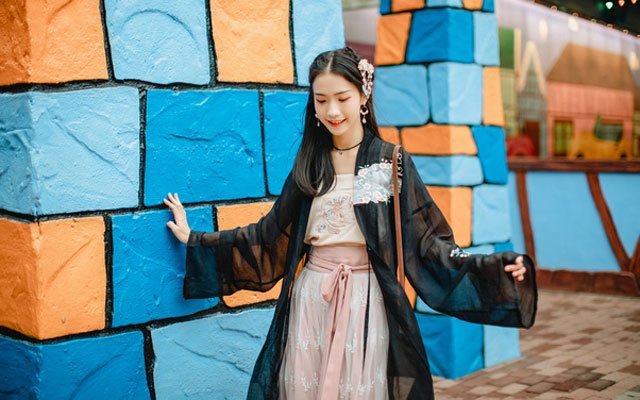

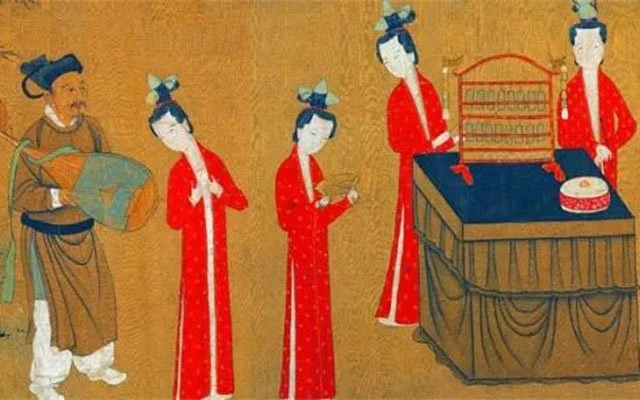
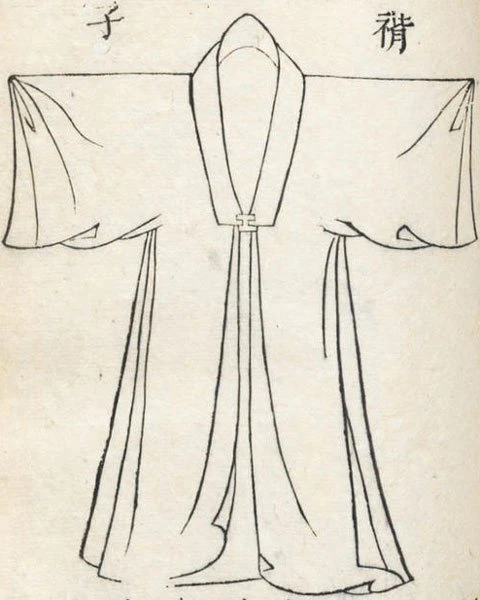
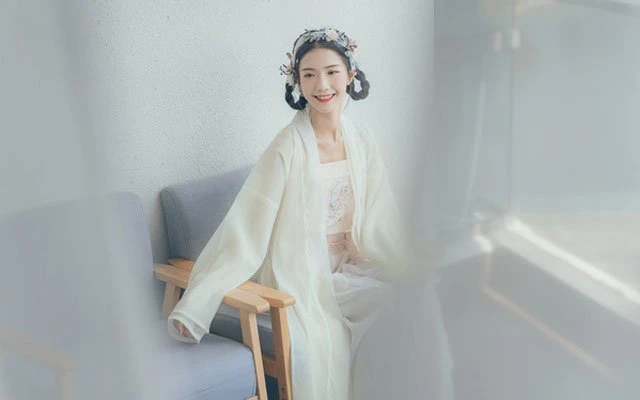
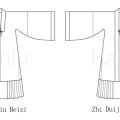
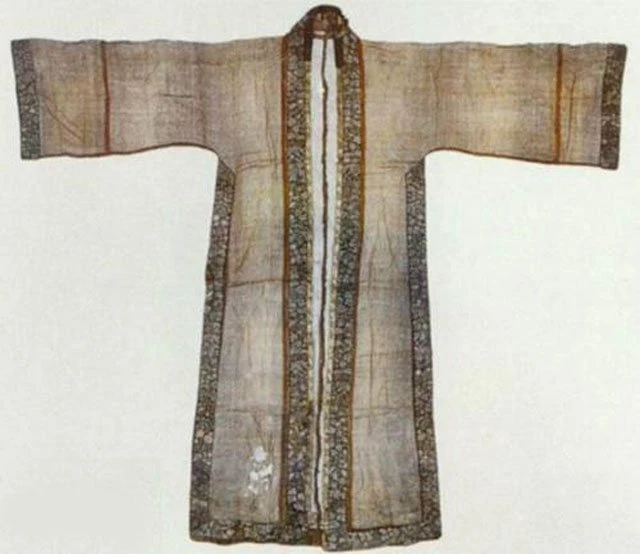

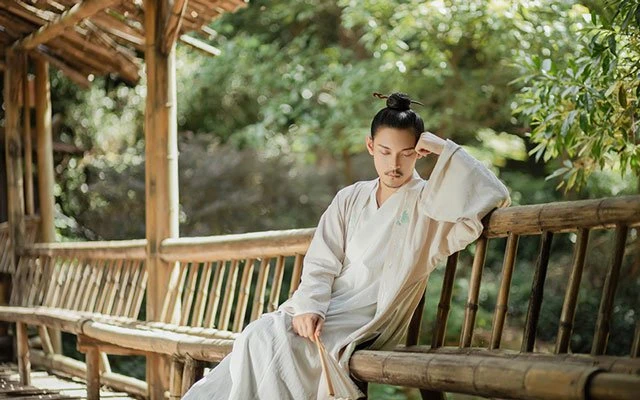
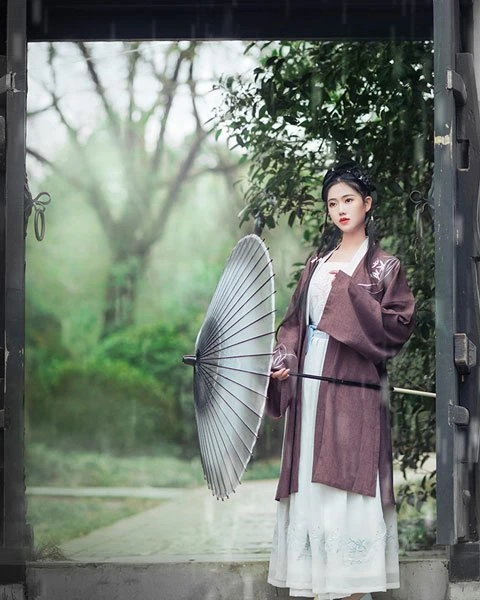
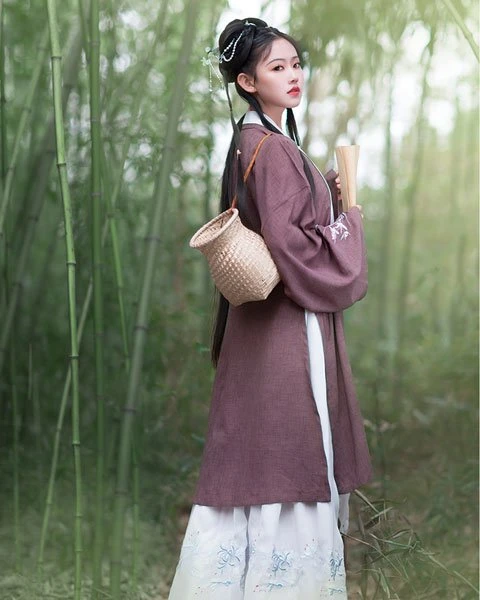
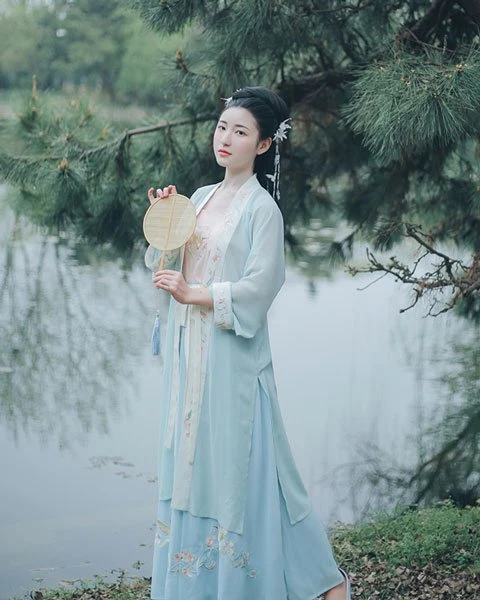
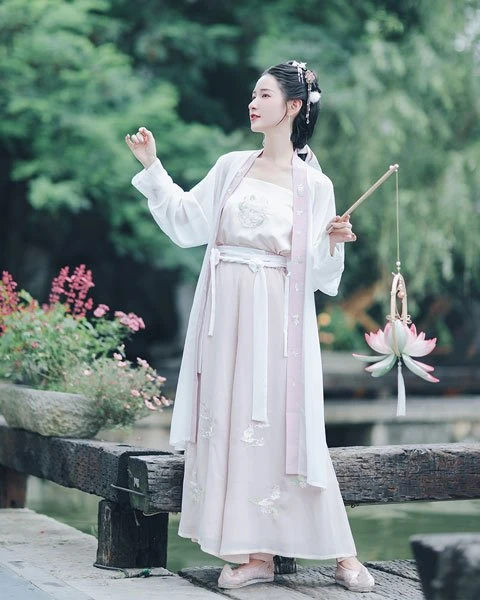
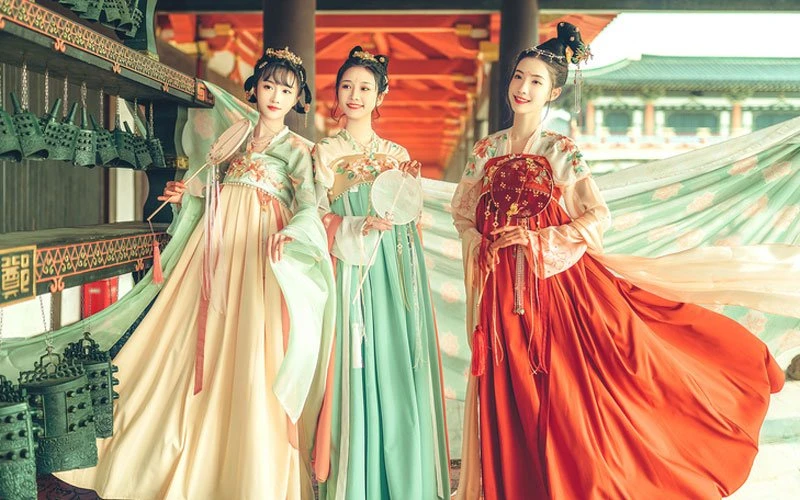

Prettyyyy😍😍❤️❤️❤️